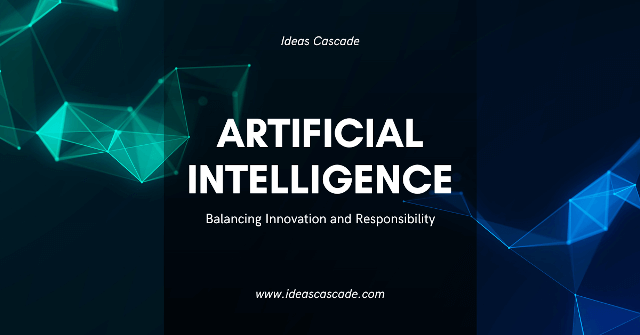It started with a late-night chat. I asked my voice assistant to play a song that reminded me of home. And it did. Not just any song, the exact one I had in mind. How did it know?
That moment felt almost human. But behind that experience is an intricate dance of algorithms, learning models, and optimization strategies. Let’s unpack it.
What Powers AI: Multilayer Perceptrons, NLP, and More
When we talk about artificial intelligence, it’s not just one thing. It’s a system of ideas and technologies working in harmony. Let’s explore the stars of this digital orchestra:
1. Multilayer Perceptron (MLP)
An MLP is a type of neural network composed of input, hidden, and output layers. It learns by adjusting weights during training, using a process called backpropagation. Think of it like a human brain making connections, then refining them over time.
MLPs are the foundation of many AI applications from email filtering to image recognition.
2. Natural Language Processing (NLP)
NLP enables machines to understand, interpret, and generate human language. It’s why AI can answer your questions, translate text, or summarize news.
NLP is powered by models like MLPs, Naïve Bayes classifiers, and transformers. It blends linguistic rules with machine learning to mimic how we speak and think.
3. Naïve Bayes Classifier
Despite the name, this algorithm isn’t naive. It’s fast, efficient, and surprisingly accurate for certain tasks like spam detection and sentiment analysis.
Naïve Bayes works on probabilities calculating the chance that a certain input belongs to a specific category.
4. Optimization
All machine learning models strive for one thing: improvement. Optimization algorithms tweak models to minimize errors and increase accuracy.
Think of it like a chef perfecting a recipe. A pinch more salt. A dash less spice. That’s optimization in action.
Real-World AI Applications That Touch Your Life
AI isn’t science fiction. It’s in your home, your job, and your pocket.
- Personal Assistants: Siri and Alexa use NLP and MLPs to understand and respond to you.
- Email Filtering: Naïve Bayes helps flag spam with high accuracy.
- Health Diagnostics: MLPs analyze patterns in patient data to detect diseases early.
- E-commerce Recommendations: AI learns your behavior and suggests what you might like next.
What Triggers Trust or Fear in AI?
Positive Emotional Triggers:
- Convenience: It knows what I need before I ask.
- Efficiency: Saves time and reduces errors.
- Personalization: Makes me feel understood.
Negative Emotional Triggers:
- Privacy: Is it listening too much?
- Transparency: How does it make decisions?
- Job Security: Will it replace humans?
Understanding the technology helps ease these fears. Knowledge builds trust.
How These Technologies Work Together
Let’s say you ask your smart speaker, “What’s the weather tomorrow?”
- NLP understands your question.
- MLPs process the data and context.
- Optimization algorithms refine responses for accuracy.
- Naïve Bayes may classify it as a query needing weather data.
It feels instant, but it’s a layered, intelligent response system in play.
Why This Matters to You
We’re not just consumers of AI, we’re participants. The better we understand how AI works, the more we can:
- Use it effectively
- Stay informed about data privacy
- Be ready for future innovations
AI is here. It’s learning. And now, you are too.
FAQs About AI Technologies
Is NLP the same as speech recognition?
Not quite. Speech recognition turns voice into text. NLP understands the meaning of that text.
Can I use AI tools without understanding the tech?
Absolutely. But a little understanding can help you use them smarter.
What makes MLPs better than simpler models?
Their layered structure allows them to capture complex relationships in data.
Is Naïve Bayes outdated?
Not at all. It’s still used where speed and simplicity are needed.
Is optimization only for developers?
It’s used behind the scenes but understanding its role helps you see how AI improves over time.
Final Thought: The Human Side of AI
AI is often seen as cold and calculating. But when it recognizes your voice, understands your request, and delivers exactly what you need it feels personal. Because behind algorithm is an attempt to replicate the way we think, feel, and communicate.
And just like us, it’s still learning.



